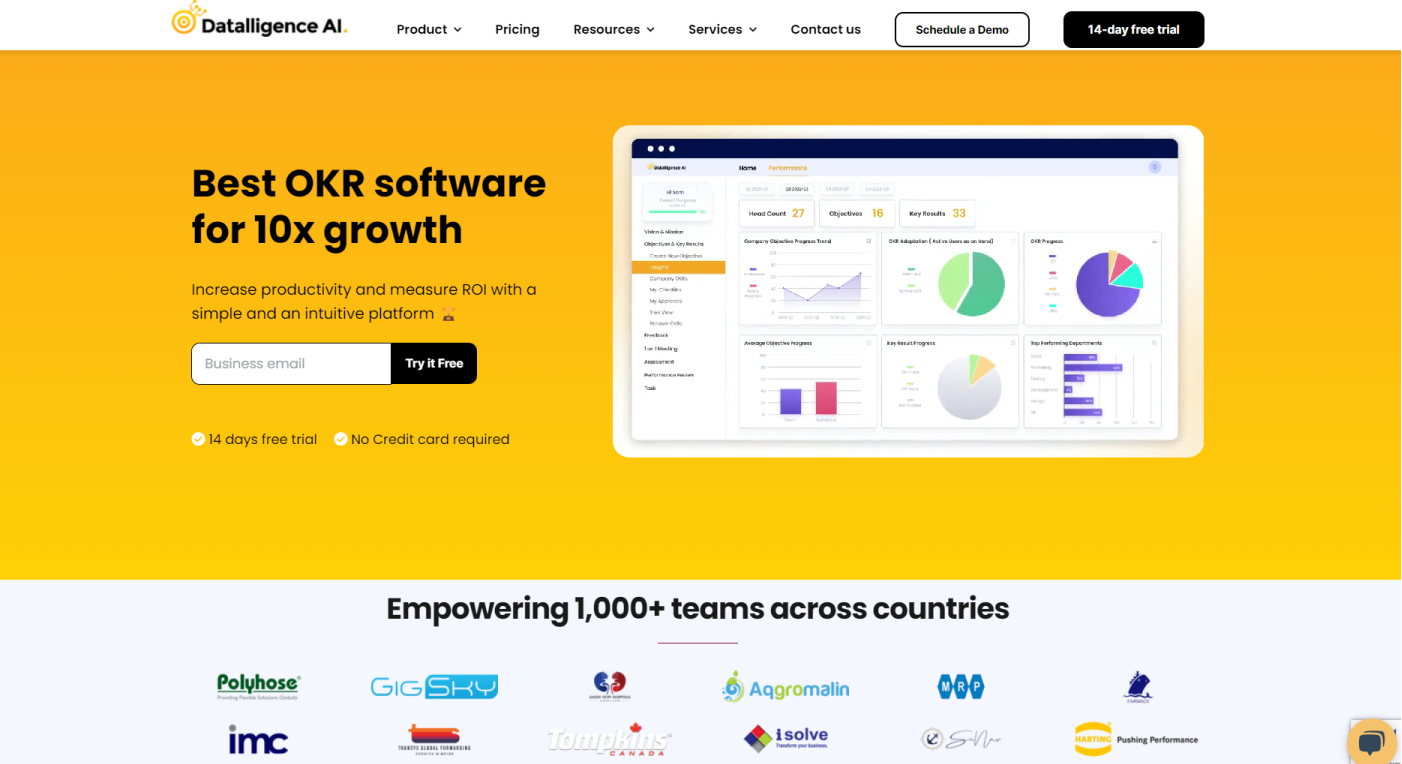In the ever-evolving landscape of business, the shift towards outcome-based teams has become paramount. This approach focuses on the results and achievements a team should deliver, rather than getting lost in an endless list of tasks. In this 1000-word document, we will delve into the concept of outcome-based teams, the common pitfalls associated with task-oriented approaches, and practical steps to make this transition effectively.
Table of Contents
The Task-Oriented Pitfall
Traditionally, teams often found themselves trapped in the task-oriented approach. Here, the primary emphasis is on completing to-do lists, and the overall goals can become secondary. For example, imagine a marketing team tasked with promoting a new product. In a task-oriented setting, they may be assigned individual tasks such as creating social media posts, designing banners, and drafting email campaigns. While these tasks are necessary, they often lack a direct connection to the overarching objective: increasing product sales.
The Outcome-Based Paradigm
Outcome-based teams, on the other hand, turn this approach on its head. The emphasis here is on clearly defined outcomes, usually expressed as Objectives and Key Results (OKRs). In the same marketing scenario, the team would have a well-defined objective like “Boost product sales by 20% in the next quarter.” The team’s collective focus shifts from mere tasks to achieving this specific result. Key Results underpinning this objective might include “Increase website traffic by 30%,” “Generate 1,000 leads,” and “Convert 15% of leads into customers.”
Benefits of an Outcome-Based Approach
Transitioning to an outcome-based approach offers several advantages:
1. Clarity and Alignment:
- In an outcome-based model, everyone in the team is aware of the primary goal. This clarity fosters alignment, ensuring that every action taken contributes directly to the desired outcome.
- Example: Team members can instantly see how creating social media posts, banners, and email campaigns contributes to increasing product sales.
2. Flexibility and Innovation:
- Outcome-based teams are more agile. Instead of being locked into predefined tasks, team members have the flexibility to adapt and innovate in pursuit of the outcome.
- Example: If the team finds that a particular marketing channel is not performing as expected, they can quickly shift resources to a more effective channel without the need for additional approvals.
3. Accountability and Ownership:
- Team members feel a stronger sense of ownership when they are responsible for achieving a specific outcome. This accountability drives motivation and commitment.
- Example: The team is collectively responsible for achieving the 20% increase in product sales, creating a shared commitment to delivering results.
Transitioning to Outcome-Based Teams
Transitioning from a task-oriented team to an outcome-based team requires a strategic approach:
1. Define Clear and Measurable Outcomes:
- Start by clearly defining the outcomes you want to achieve. These outcomes should be measurable and directly tied to the organization’s larger objectives.
- Example: If your organization aims to improve customer satisfaction, an outcome for your support team might be “Increase customer satisfaction ratings from 85% to 90% within the next quarter.”
2. Prioritize High-Impact Activities:
- After defining outcomes, prioritize the activities and tasks that will have the most significant impact on achieving those outcomes.
- Example: In the case of improving customer satisfaction, high-impact activities could include implementing a quicker response time to customer inquiries and enhancing the resolution process for common issues.
3. Create OKRs:
- Objectives and Key Results (OKRs) are a powerful tool to structure your outcome-based approach. Objectives should be ambitious but achievable goals, while Key Results are specific, measurable actions.
- Example: For the support team, the Objective might be “Deliver exceptional customer support.” Key Results could include “Reduce average response time from 24 hours to 6 hours” and “Resolve 95% of customer issues on the first contact.”
4. Foster a Collaborative Environment:
- Collaboration is crucial for outcome-based teams. Ensure that team members work together to achieve the defined outcomes.
- Example: Team members in the support team should collaborate on process improvements, share feedback, and work as a cohesive unit to meet response time and issue resolution targets.
5. Regularly Review and Adapt:
- Continuous review is essential to ensure the team remains on track. Regularly assess progress, identify roadblocks, and adapt as needed to stay aligned with the desired outcomes.
- Example: The support team should have regular reviews to analyze response times, issue resolution rates, and customer feedback to make necessary adjustments to their strategies.
Conclusion
In the dynamic and competitive business world, success is often determined by the ability to focus on outcomes rather than getting bogged down by tasks. Transitioning to an outcome-based team structure can bring clarity, flexibility, accountability, and innovation to your organization. By defining clear outcomes, prioritizing high-impact activities, creating OKRs, fostering collaboration, and maintaining regular reviews, you can set your team on the path to achieving remarkable results. So, unmask your team’s potential, embrace outcomes, and let the spirit of achievement guide your way forward.










